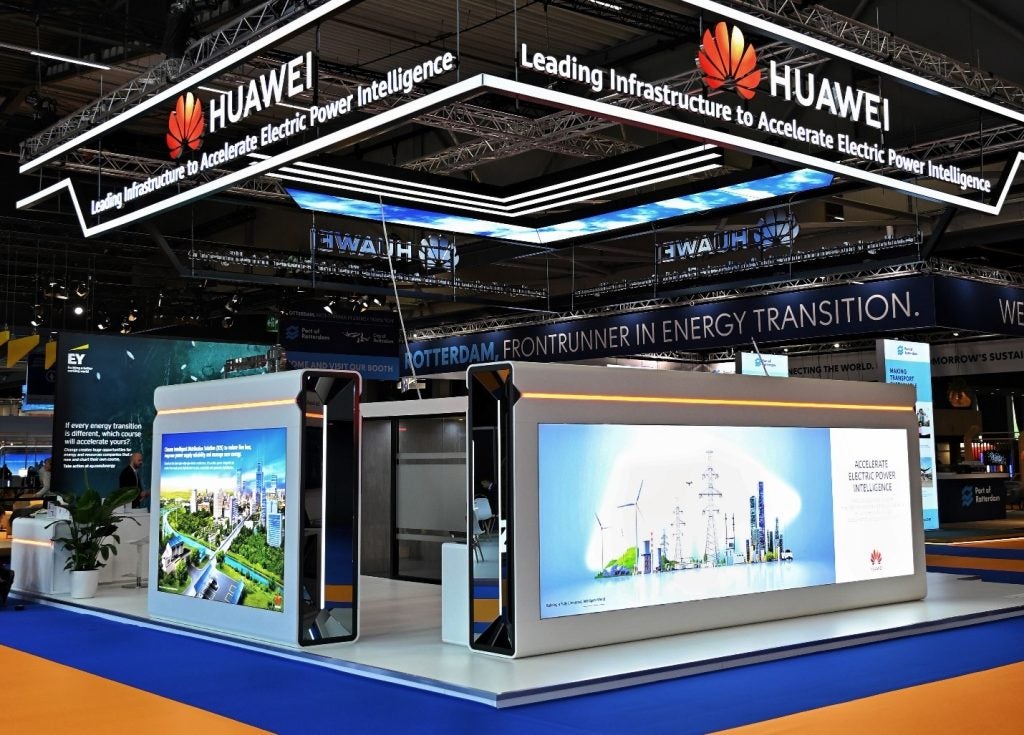
In many ways, the role of the distribution system operator (DSO) is a thankless one.
There you sit on the front line of the power grid – often in a windowless control room – responsible for meeting the needs of millions of electricity-guzzling consumers, who take for granted that the lights will be on 24/7.
Operators are required to make a myriad of micro judgement calls to ensure this demand is met and respond quickly to major system disturbances, such as wind storms or equipment failure.
In the eyes of Rocky Sease, the owner and CEO of SOS Intl, a North Carolina-based provider of training services to the US power industry, DSOs are underappreciated. Moreover, he believes the estimated 55,000 operators believed to be employed in North America are not receiving adequate training.
The conundrum has prompted Sease’s company to develop a new power industry simulator aimed at training DSOs to perform normal and emergency tasks, irrespective of organisation size.
How well do you really know your competitors?
Access the most comprehensive Company Profiles on the market, powered by GlobalData. Save hours of research. Gain competitive edge.

Thank you!
Your download email will arrive shortly
Not ready to buy yet? Download a free sample
We are confident about the unique quality of our Company Profiles. However, we want you to make the most beneficial decision for your business, so we offer a free sample that you can download by submitting the below form
By GlobalDataKnown as the SOS Electrical Distribution Simulator – and billed as the first of its kind for the power industry – the web-enabled tool mirrors load distribution in a mid-sized city with a 40-50 Mega Volt Amp (MVA) load. Using real-time and scenario-based data, the simulator trains students to anticipate system behaviour in response to operator actions, as Sease explains below.
Ross Davies (RD): What was the rationale behind developing the SOS Electrical Distribution Simulator?
Rocky Sease (RS): The primary rationale was the amount of changes that are coming in the direction of distribution system operators. These changes relate to the location of the distribution of energy resources, as well as renewables coming onto the distribution grid.
Historically, these devices have been installed primarily on the transmission grid. Distribution operators have never really had to deal with two-way flows, as rarely have they been involved in any kind of market transactions.
But all of these things will become normal for the distribution operator over the next decade. We wanted to get out in front of that. My goal every day is to think about how to help the men and women who operate those systems from those control rooms to be successful.
I think, by and large, distribution operators are underappreciated. Very few people even know about the control rooms they work in, while they are often asked to do some very difficult tasks with very little training – and almost no simulation.
With this simulator, we are trying to find ways to help them prepare for all these changes.
RD: Am I right in thinking this is the first simulator designed to train distribution system operators to perform normal and emergency tasks – irrespective of organisation size?
RS: Yes, although I should clarify on a couple of things.
There are simulators already available to the large distribution companies. When they buy their energy management systems, they can also purchase simulation to go with those systems – but they’re expensive, not only to purchase, but also to keep operating.
So not many utilities take advantage of that. What we have done is build a generic platform that is much more user-friendly. It’s portable and it can be used either in an online environment by a single operator or in a classroom environment with a class of 20.
We have tried to build something that’s completely different to what the energy management system vendors offer for simulation training. That’s because, if I were to hazard a guess, something like 85% of distribution operators that are working today have no access to simulation-based training at all.
RD: What kind of reception has it received amongst your power industry peers?
RS: We have had a lot of good feedback. We’ve shared what we’ve been doing with executives at the North American Electric Reliability Corporation, a regulatory body, and they have been very positive. While their jurisdiction does not include distribution operations, they are very much aware of the challenges those operators will be facing in coming years.
We have also met with the Federal Energy Regulatory Commission staff in Washington DC to let them know what we are doing. Again, in our country, there are jurisdictional issues – local distribution companies are normally regulated by the state in which they reside, while it’s the federal government that regulates the transmission side – but they are very happy to see what we are doing.
So, yes, the reaction has been good since we rolled this out at the end of March. At the moment, we have several clients running through trials. We rolled out 20 hours of distribution training, without simulation, about three months ago. The sales are picking up on that, too.
RD: You mentioned earlier that the distribution system operators are front and centre of everything you do – what could this simulator mean for how they carry out their role in the future?
RS: A good analogy for this is airline flight crews. The way that we train individuals to deal with unusual circumstances – which frankly rarely happen – is to put them through simulated environments so they can experience the pressure, the decision-making and the variables that go into being in an unknown situation.
Our utilities do a very good job of imagining potential situations. The problem has always been the unseen coordinates of circumstances that catch an operator off-guard, as it is impossible to train for those variables. But now you can run them through a simulation. Operators need to spend a significant amount of time in a simulated environment, experiencing the pressure of trying to respond to unexpected events.
With simulation, we can help them to be successful to that event when it occurs in real life.
RD: One of those unforeseen events you allude to could be a cyberattack – does the simulation account for such threats?
RS: Yes. We are also using this simulator to train operators how to respond to cyber security events, which, as you say, is a big issue when it comes to safely operating the grid.
Over the last few years, we have analysed and studied the events in the Ukraine [where the country’s power grid was subject to cyberattacks in December 2015, widely considered to be the first hack on a power grid] and are now including training on how system operators should recognise and detect and respond to those types of events.
There’s a lot of stuff out there about how the IT folks are supposed to respond to things, but there’s very little on how system operators are expected to respond in real-time at their desk. So we have collaborated with WSC and the SANS Institute to develop scenarios for operators to recognise, detect and respond to cyber events.







